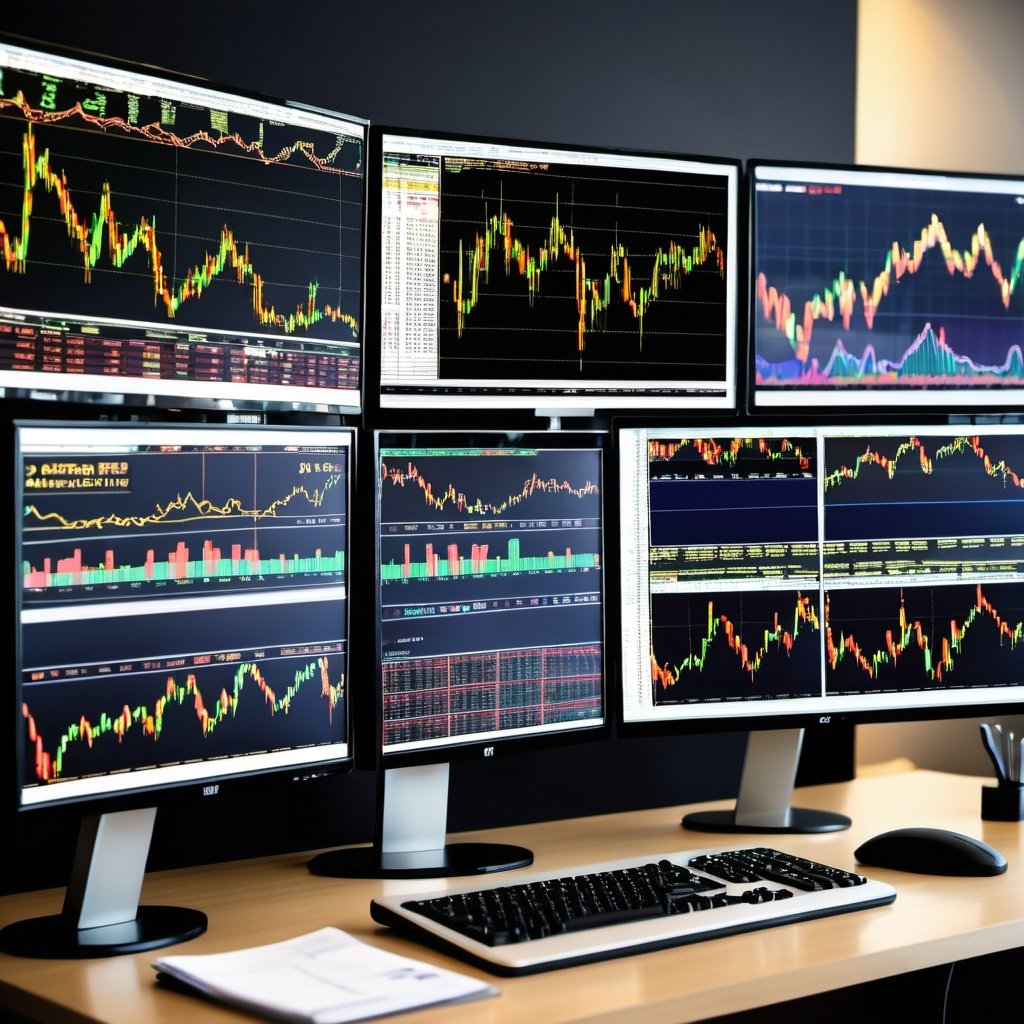In the past 24 hours, Kaspa (KAS) recorded around $65 million in spot trading volume, while perpetual futures trading exceeded $300 million, according to CoinMarketCap. That’s a ratio of roughly 1 to 4.6 — meaning almost five times more trading came from leveraged derivatives than from actual buying and selling of the coin itself.
This isn’t a one-off. Kaspa’s market activity is consistently dominated by perpetual trading, often four to five times higher than spot volume. This tells us that most of the price movement is being driven by speculators, not by real buyers looking to own and hold the asset.
Spot trading represents organic demand — people purchasing Kaspa and holding it, often with a longer-term outlook. Perpetual trading, on the other hand, is a form of speculation. Speculators use leverage to bet on price movements without owning any actual coins. While this brings liquidity and price action, it also creates volatility and short-term imbalances in the market.
When a market is heavily tilted toward speculative trading, price becomes more reactive and less grounded in real investor interest. Small price moves can trigger liquidations, funding rate swings can influence momentum, and the overall price structure becomes more fragile. Without strong spot demand, rallies are often short-lived, and corrections can be steeper.
To put this into perspective, Bitcoin’s trading activity presents a more balanced picture. Over the same 24-hour period, according to CoinMarketCap, Bitcoin saw $75 million in perpetual volume, while spot trading accounted for $24 million on centralized exchanges and another $18 million on decentralized exchanges, totaling $42 million in spot volume. That creates a much healthier 1 to 1.8 ratio, where spot activity still plays a major role in price discovery.
This contrast highlights the difference between a mature, widely adopted asset like Bitcoin and a growing project like Kaspa. One key reason for Kaspa’s lower spot volume is that it has not yet been listed on tier-1 exchanges such as Binance or Coinbase. These platforms typically attract broader investor participation and significantly boost spot market activity.
Until Kaspa reaches those listings, its trading will likely continue to be dominated by speculators rather than real holders. Kaspa long-term growth and price stability depend on stronger spot volume as wells broader ecosystem development. Spot volume reflects real demand, reduces reliance on speculative momentum, and builds a more sustainable market foundation.
Perpetual trading may fuel short-term volatility and excitement, but it’s spot trading that ultimately shows whether people truly believe in a project — and that’s what matters most in the long run.


